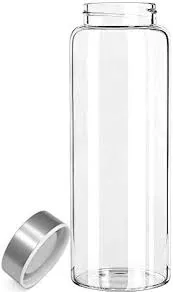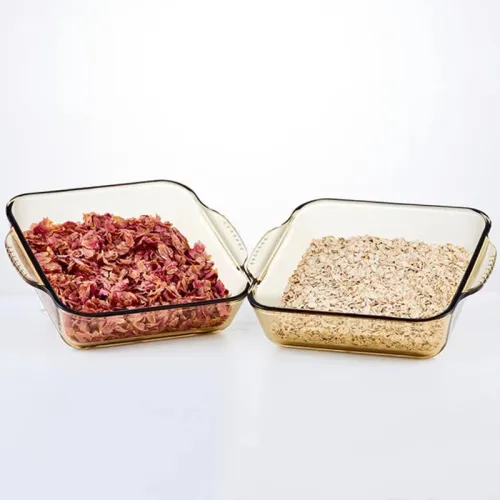2. Stinging Nettle This common plant has been used for centuries as a natural allergy remedy. Stinging nettle contains compounds that act as natural antihistamines, helping to block histamine receptors in the body. It can be fed to horses in dried form or as a tincture, providing a gentle and effective way to reduce allergy symptoms.






